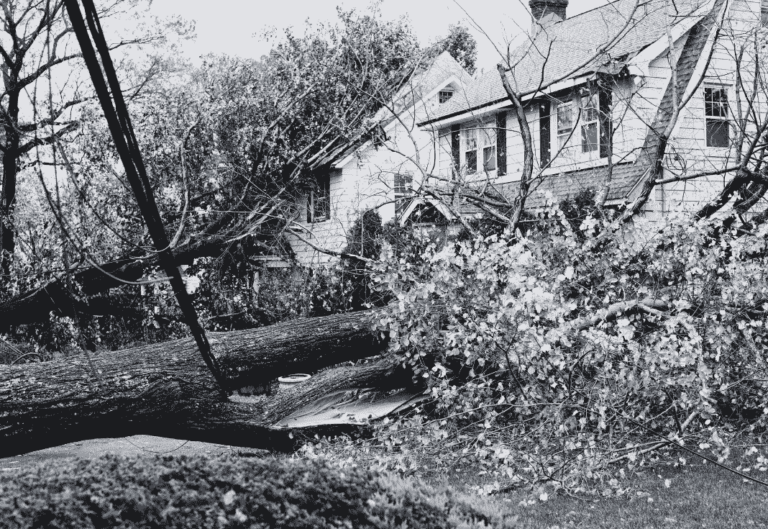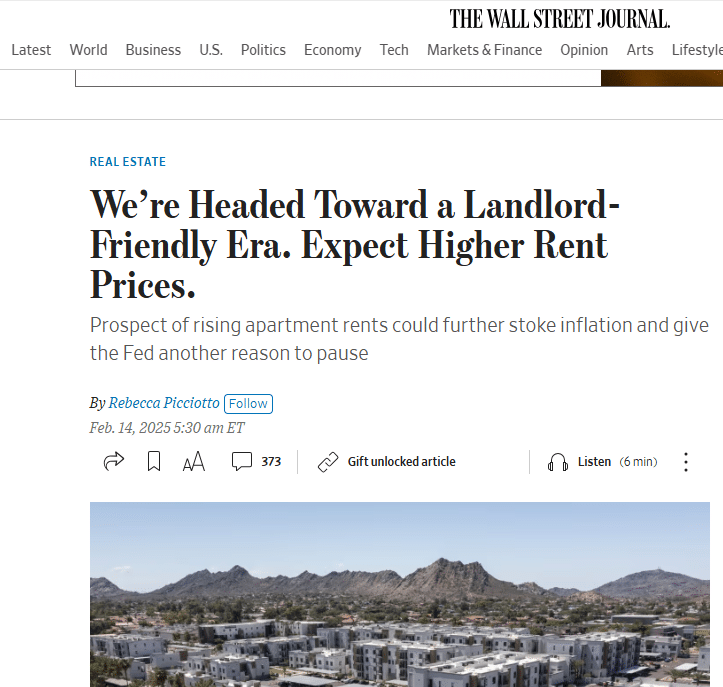The New American Timeline: How Delayed Life Milestones Are Reshaping Rental Demand
As property managers and investors, understanding demographic trends is crucial to anticipating market shifts. Recent data reveals a fundamental transformation in American life patterns that directly impacts the rental housing market—creating both challenges and opportunities for property owners.
Get a Free Virtual Rental Evaluation Plus a Custom Cost Quote
The Rental Core Is Expanding
The numbers tell a compelling story for those in property management: The typical first-time homebuyer is now 38 years old, compared to just 31 between 1993 and 2018. This seven-year extension of the rental period represents a massive expansion of the rental market, with 72% of US renters now age 30 or older—an all-time high.
What’s driving this shift? Americans are consistently postponing major life milestones:
The Demographic Forces Behind the Shift
These changes aren’t temporary reactions to economic conditions—they represent fundamental social shifts that have been developing for decades:
Family Formation Is Changing
Birth rates have reached a 40-year low with 3.6 million babies born in 2024, down from 4.3 million in 2007. This decline occurs despite the US population growing by 108 million people since 1983, indicating a substantial change in family planning preferences.
Three major shifts are driving this trend:
- 1. Fewer women becoming mothers: Only 63% of women born in 1990 have at least one child by age 34, compared to nearly 80% of women born in 1950.
- 2. Later motherhood: First-time mothers today are typically about 30 years old, compared to mothers in the 1970s and early 1980s who typically had their first child in their early to mid-20s.
- Smaller families: Women are having fewer children overall, with those born in 1990 having about 2.09 children by age 34, versus 2.24 for women born in 1950.
What This Means for Property Owners and Managers
1. Extended Rental Demand
With adults renting for approximately seven more years than previous generations, property owners can expect more stable, long-term tenancies from professional renters in their 30s and early 40s.
2. Changing Housing Preferences
Smaller family sizes and delayed life milestones are shifting housing preferences. Today’s renters increasingly seek:
3. Growing Renter Demographics
Despite the decline in youth population (projected to decrease by 2.4 million by 2034), all major adult age groups will continue growing over the next decade, ensuring continued demand for rental housing.
How to Position Your Properties for Success
Forward-thinking property owners and managers should consider:
Read Our North Carolina Rental Owner / Investor Frequently Asked Questions (FAQ)
Read Our South Carolina Rental Owner / Investor Frequently Asked Questions (FAQ)
The Bottom Line
These demographic shifts aren’t just statistics—they represent a fundamental restructuring of the American housing journey. By understanding and adapting to these changes, property owners and managers can position themselves to meet the evolving needs of today’s renters while maximizing returns on their investments. To read more from this article, visit Delayed milestones redefine US homeownership.











